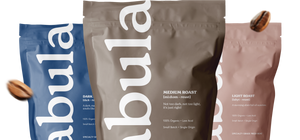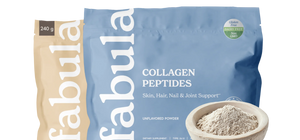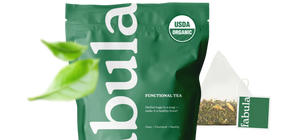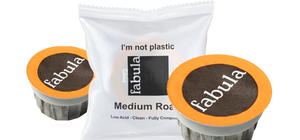Did you ever wonder how organic coffee is grown, from seed to your cup? It's a practice that has been perfected over thousands of years, since the discovery of coffee in ancient Ethiopia.
What does "Organic" mean for coffee?
Organic coffee is a type of coffee produced from beans grown without the use of artificial fertilizers, pesticides, or herbicides. The organic farming process follows strict guidelines set by both local and international standards for the production of organic food products.
Organic farming practices are designed to create healthier soil and sustainably manage natural resources like water and land. As a result, organic coffee has become increasingly popular among health-conscious consumers who want an ethical cup of joe that tastes delicious too!
Organic Coffee Growing Process
Organic coffee growing starts in soil that has been certified as free from synthetic fertilizers, pesticides, and other chemicals used in conventional agriculture. This means that the farmer must focus on maintaining healthy soils through careful management techniques such as crop rotation, cover cropping, composting, and mulching which helps to add nutrients back into the soil while also improving its structure.
Soil fertility is further enhanced through natural amendments like animal droppings, foliage or rock dust which provide essential minerals for plant growth. These practices help ensure that plants have access to all necessary nutrients without having to rely on chemical inputs which can be damaging to both people and the planet alike!

Harvesting & Processing
Once ripe enough, harvest time typically comes around once every year depending on region-specific climate conditions. This involves picking each individual berry off each branch individually using either hands or shears before separating out any under-ripe berries if needed so only the best quality beans make it into your cup!
After harvesting these beans will then go through various processing stages including sorting/grading (to remove any damaged beans), and hulling (removing outer husk) before finally being dried usually via sun drying methods – this process removes most moisture content leaving only around 10% left behind making them ready for roasting.
Roasting & Brewing
Once dried these now green unroasted beans are ready for roasting - where temperatures can reach up to 500 degrees Fahrenheit transforming them into their recognizable brown color. It also unlocks all those delicious aromas/flavors unique within each batch due to different bean varieties along with roast level chosen by master roasters responsible.
After reaching desired roast level they’re cooled down quickly before being ground finely (or not, in the case of whole bean coffee), so you can brew your favorite coffee at home! When brewed correctly you should expect nothing less than a full-bodied flavor packed with notes ranging anywhere between chocolatey smoothness right up through fruity acidity depending upon what type/region it came from – enjoy responsibly knowing you’ve made an ethically conscious choice when buying organic coffees like those from Fabula today!
Check out our bestsellers of healthy, organic coffee HERE!





